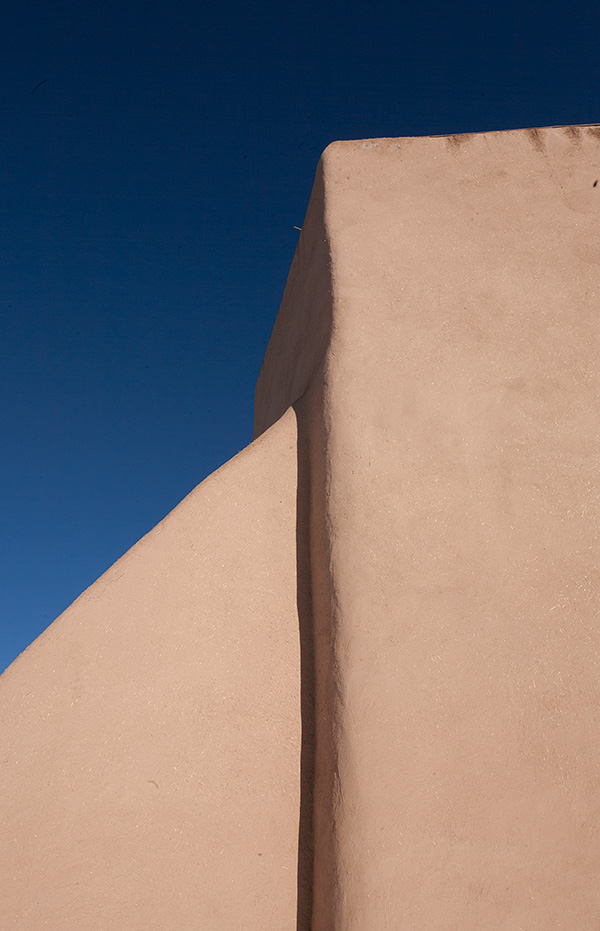Sigma 12-24mm f/4 DG HSM Art Lens Review: Super-Wide, Full-Frame Zoom Offers Unique Perspective

When Sigma introduced their new super-wide zoom in late 2016 I was eager to give it a try. Among their Art lens offerings, the Sigma 12-24mm f/4 DG HSM lens ($1,599, MSRP) serves as an upgrade to their 12-24mm f/4.5-5.6 (still available at an MSRP of $949) with a constant f/4 aperture; a nine-bladed diaphragm; FLD glass elements; an updated HSM (Hyper Sonic Motor) that uses 1.3x the torque for fast and smooth autofocus operation; 16 elements in 11 groups construction; and what Sigma claims is “the largest aspherical element in the industry” to minimize distortion, ghosting, and flare. The angle of view ranges from 84 to 122 degrees, with mount compatibility for Canon, Nikon, and Sigma DSLRs.
Given these specs, it’s no surprise that the lens is fairly large: it weighs in at 2.5 pounds and measures 4.0x5.2 inches. There is an integral flower-shaped (some call it “tulip”) lens hood that aids in reducing flare and a bulbous front element. This setup eliminates the possibility of using threaded filters, although a compendium filter setup might work, albeit in somewhat awkward fashion and, in my opinion, with way too much air between the filter and the lens surface.
While you could mount this lens onto compatible APS-C DSLRs, it seems, to me, foolish to lose that super-wide wide capability due to the 1.5x (or slightly more in Canon) effective focal length crop. I guess you could adapt it to a smaller mirrorless camera as well, but there you might lose even more “wideness” and the balance between camera body and lens would be awkward at best.
I worked with a Canon full-frame DSLR for the two weeks I had the lens to test. I shot with a variety of focal lengths using both manual and autofocus, and manual override when shooting in AF. I worked solely through the optical finder as critical focus in bright daylight precluded use of the back LCD, especially when doing close-up, deep depth-of-field shots at wider apertures, for reasons I will discuss shortly.
A Super-Wide POV
There’s no question that working with a 12-24mm lens offers a fascinating view of the world; it also imposes a point of view that, if you haven’t worked super-wide before, will probably take you out of your usual visual comfort zone. At 12mm you gain a 124-degree angle of view, a peripheral field that you cannot encompass without an optical aid and one that most of us rarely encounter in our usual photographic endeavors. At up to 18mm (and indeed at 24mm as well) spending time calculating depth of field becomes almost moot, given that you shoot at f/8 or narrower and that the closest subject is four feet or more away.

Yet, there are also certain perceptual elements that come strongly into play, and which become even more dramatic the wider you go. Get close to your front subject and foreshortening—the seeming enlargement and distortion of close elements and relative diminishment in size of the background scene—becomes overwhelming.
The rounded front element can create “barrel” distortion that, if you do not carefully compose by making sure that the “X/Y axis” is centered, will cause certain parts of the scene to bend and bow and verge precariously at the edges, creating leaning towers of Pisa within certain areas of the frame.

And, at the wider focal lengths, if you step too far back and don’t use a foreground “anchor,” the entire scene can look like it was “pushed back” and seem far away. These optical consequences can be exploited or can be detrimental, depending on how you frame and compose. How you do so of course depends upon your intentions and taste.
Focusing
While the lens can encourage a certain laissez-faire attitude about focusing, due to the very deep depth of field when shooting at f/8 and narrower at just about every focal length setting, this is not always wise. If you set a lens at AF, the sensors will generally default to picking the closest subject within the AF sensor field you set and focus slightly forward and more deeply back from that spot.

Yet, when you have such a wide field of view, particularly 18mm and wider, you have to be conscientious about the area that the AF sensor or sensors “pick,” especially when working close. If you are not, there is a chance that some part of the foreground may not be in focus, especially if you “bend into” the scene to exaggerate certain elements, which is something you will be tempted to do to enhance the super-wide effect, particularly when shooting at stops wider than f/8.

After working with the lens for a few days and checking the results, I found the best way to get sharp focus throughout all stops when working close was to start with AF, always convenient and very smooth and fast with this lens, and then, working through the optical finder, tweaking focus with manual override, which you can do with AF still set. I have to emphasize that this is not a lens fault, but something I have noticed about AF operation and super-wides in general.
Rather than shifting around AF points or zones and locking focus, I just found this procedure—setting up the focus with AF and then manually tweaking it—easier and much more rewarding. This, for me, made working through the optical finder rather than the back LCD a more critical way of attaining sharpness, especially when I got very close to the foreground subject, something this lens encourages.

The Test Results
I tested the lens in Northern New Mexico and worked with both low- and bright-light scenes. I shot solely with this lens to see what I gained and what I missed by limiting myself to super-wide points of view. What I gained was a new and rather amazing ability to capture “big sky”; to play off foreground against background in a unique way; to encompass intimate swaths of landscape in one frame in a kind of single-shot panoramic fashion; to reinterpret architecture, interiors, and artwork in an exciting way; and to explore the kinds of compositional and positional effects that only a super-wide can provide. (See comments accompanying illustrations.)
What did I miss? The ability to bring even moderately distant subjects closer (this is not a wildlife lens!); to capture select portions of the incredible landscapes and skyscapes New Mexico affords; to do close-ups without getting right on top of details; and, at the wider focal lengths, having to be careful to avoid some degree of distortion. I should also mention that the max aperture of f/4 and the almost “built-in” deep depth of field did not lend itself to creating “bokeh” effects unless I got really close to the foreground subject (the minimum focusing distance at 24mm is about nine inches).
Conclusion
This all goes to say that while the Sigma 12-24mm f/4 DG HSM Art lens is a visual tool that will certainly open your eyes up to new imaging possibilities, it is in many ways a specialty lens that can serve as a beneficial and exciting part of a full lens kit. Nature, landscape, street, interior, and architectural photographers will love what this lens can deliver, especially those who can appreciate adding an often vital and always unique point of view to their work.
(Editor's note: For another take on this lens, read Jon Sienkiewicz's Field Review of the Sigma 12-24mm f/4 DG HSM Art lens.)

















































